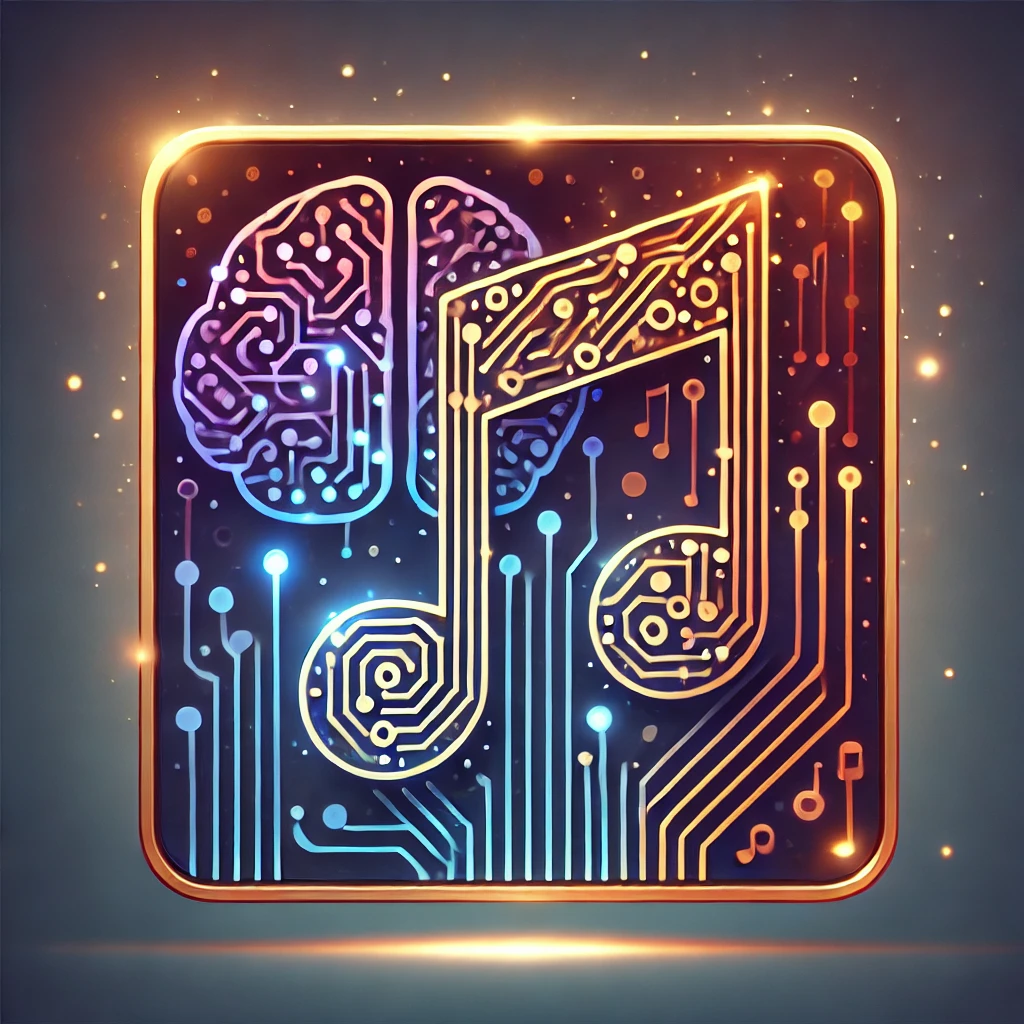How GEMA’s Two-Component Licensing Model Paves the Way for Fair AI Music Royalties
GEMA, a German collecting society, has introduced a new licensing model for AI-generated music. This model ensures that music creators get paid when their copyrighted songs are used to train AI, and also when AI-generated music that comes from those trainings is later used commercially.
Why this matters ?
AI tools use original music to learn and create new songs. Without proper rules, the original creators may not earn anything from this process.
What’s GEMA’s solution ?
First Component: AI providers pay a share of their income (30%) back to the music creators. This happens whenever the AI system they trained earns money, for example, through user subscriptions or selling AI-generated tracks. Even if the income is low, there’s a minimum payment to ensure creators still get something.
Second Component: Anyone who uses AI-generated music commercially—like as background music or on streaming platforms—will also pay a fair fee to the original creators. This fee should be at least as much as what a human-made track would earn.
Fairness and Clarity: This two-part system gives both AI developers and users a clear way to legally use copyrighted material. It ensures creators are fairly rewarded for the value their music brings to the AI-generated content.
Overall goal:
By licensing AI in this way, GEMA aims to embrace new technology while protecting the rightful earnings of music creators.





